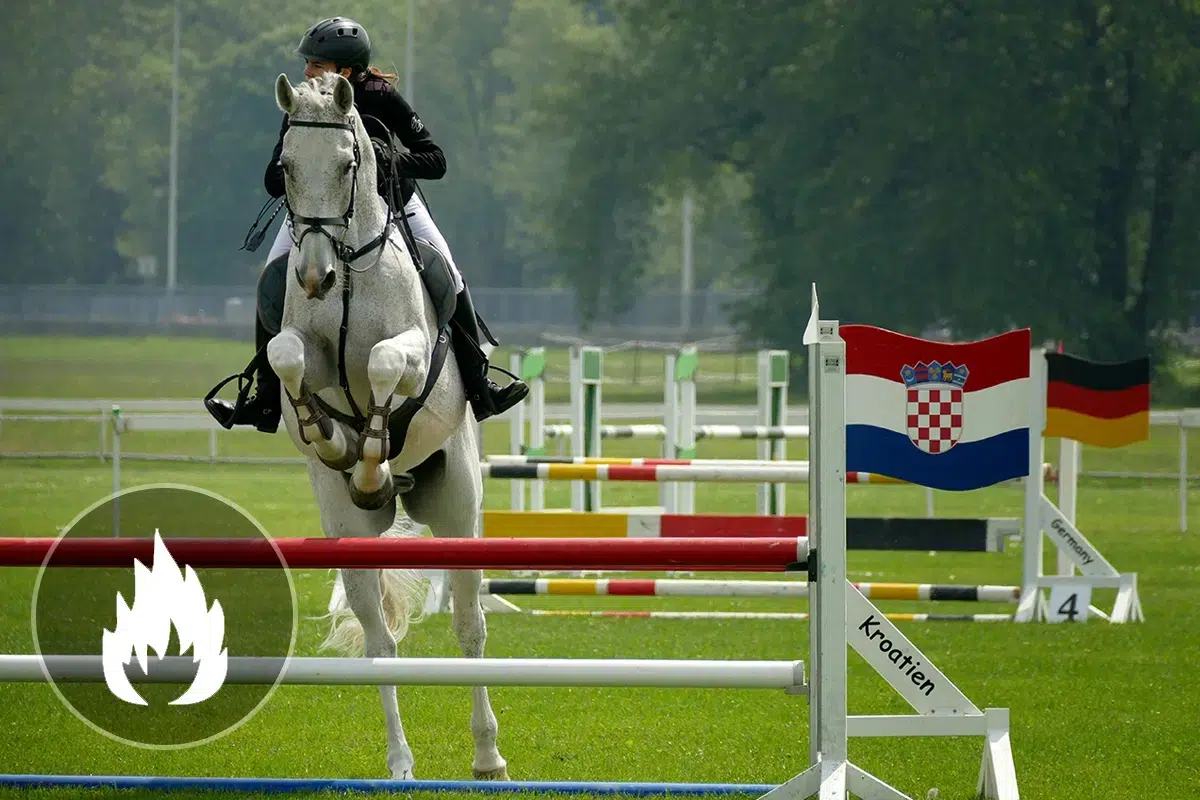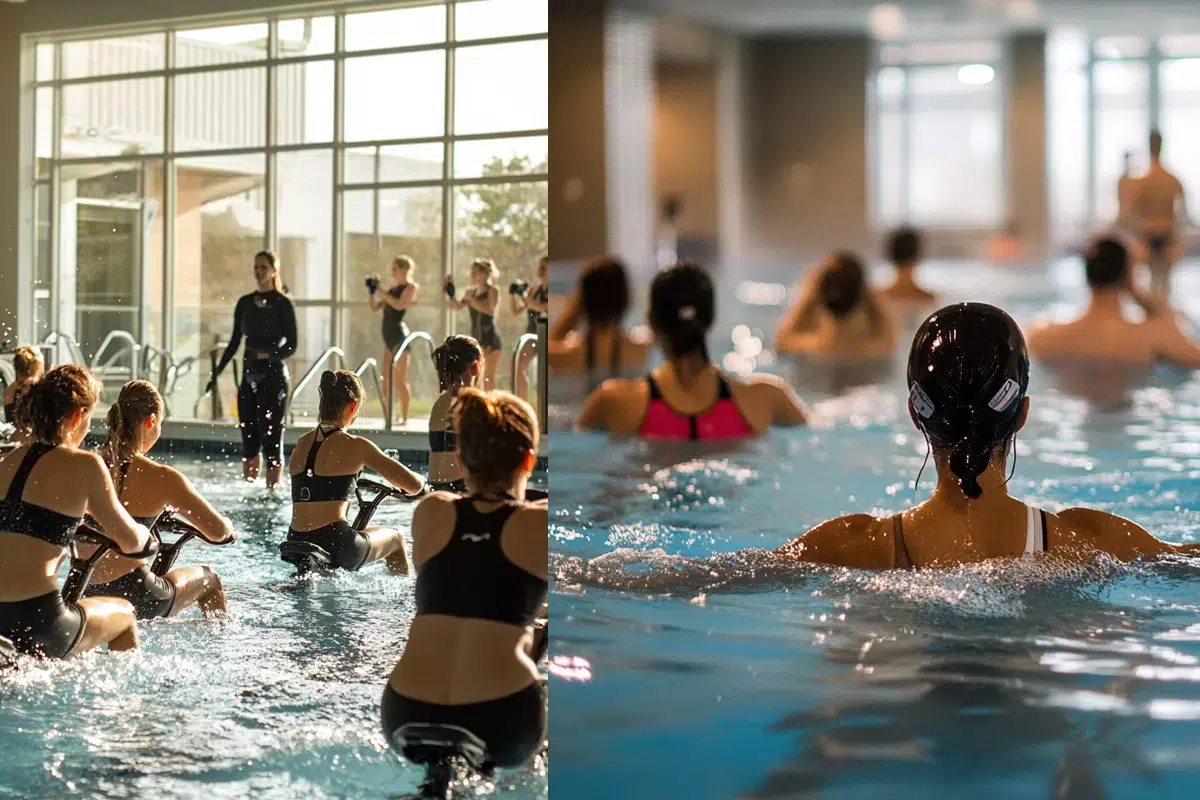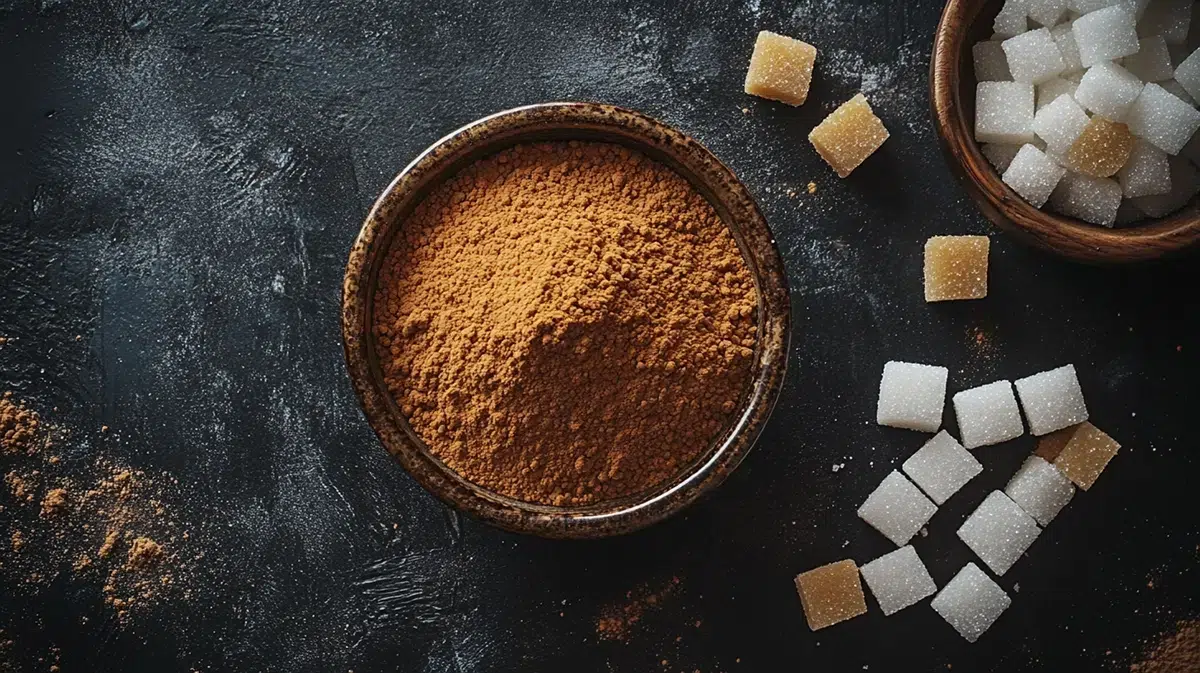Show summary Hide summary
How many calories do we burn horse riding?

Everything you need to know about horse riding
Want to find out how many calories you burn riding a horse or during equestrian activity for 30 minutes or 1 hour? Fill in your profile to estimate your energy expenditure. Our tool displays the calories burned according to your session.
Discover other REGIVIA calculators:
Horse riding: A few examples of energy expenditure depending on weight and activity time.
The table below shows how many calories are lost when you ride a horse!
Riding
(general)
Expenditure in Kilocalories
| Weight | 15 minutes | 30 minutes | 1 hour |
|---|---|---|---|
| 40 kg | 42 | 84 | 168 |
| 50 kg | 53 | 105 | 210 |
| 60 kg | 63 | 126 | 252 |
| 70 kg | 74 | 147 | 294 |
| 80 kg | 84 | 168 | 336 |
| 90 kg | 95 | 189 | 378 |
Riding
(trot and canter)
Expenditure in Kilocalories
| Weight | 15 minutes | 30 minutes | 1 hour |
|---|---|---|---|
| 40 kg | 63 | 126 | 252 |
| 50 kg | 79 | 158 | 315 |
| 60 kg | 95 | 189 | 378 |
| 70 kg | 110 | 221 | 441 |
| 80 kg | 126 | 252 | 504 |
| 90 kg | 142 | 284 | 567 |
See detailed calculations and metabolic equivalent for horse riding
Everything you need to know about horse riding
FIND OUT MORE ABOUT HORSE RIDING
Riding is more than just a sport; for those who practise it, it is above all a real passion and often an incredible bond between rider and mount. It’s not for nothing that horse riding is widely used by people with disabilities, enabling them to rediscover their sense of balance as well as communication and fusion with the horse.
Although a walk at a walk pace has very little impact in terms of energy expenditure, the intensity and the activity carried out will have a major influence on the equation. It’s obvious that a rider doing a cross-country course in a competition will see his calorie expenditure meter go up more quickly than a simple walk in the forest.
Horse-riding is a sporting activity that involves riding a horse. It’s an ancient and exciting sport that offers many physical and mental benefits. Whether you’re a beginner or an experienced rider, horse riding can be a great way to keep fit and develop a unique relationship with horses.
Some benefits of horse riding:
- Muscle strengthening: Riding involves many muscle groups, including the muscles of the legs, buttocks, abdominals and back. Maintaining balance on the horse and mastering movements help to strengthen muscles and tone the body.
- Improving posture and balance: Riding a horse requires good posture and balance. This activity can help improve core stability, coordination and proprioception, which are essential in everyday life.
- Cardio and endurance: Riding can be an intense physical activity, particularly when training or riding at a fast pace. Riding, trotting or galloping can stimulate the cardiovascular system, increase endurance and improve respiratory capacity.
- Stress management : Riding can be a calming and relaxing activity. The connection with the horse, nature and the outdoor environment can help to reduce stress, promote relaxation and improve emotional well-being.
- Self-confidence and discipline: Riding requires self-confidence, discipline and patience. Progress in this activity can boost self-esteem, develop self-discipline and promote self-control.
- Improving coordination and communication: Riding requires precise coordination of aids (hands, legs, voice) to communicate with the horse. This activity can help develop fine motor coordination, precision of movement and the ability to communicate subtly.
Whether you ride for pleasure, in competition or simply for the pleasure of riding, this activity offers many physical, mental and emotional benefits. It is important to take lessons from qualified professionals to learn the correct riding techniques and ensure the safety of both rider and horse. Don’t forget to wear the appropriate protective equipment, such as a helmet and riding boots, to ensure your safety during riding sessions.
How to calculate the number of calories burned horse riding
The result displayed is expressed in Kcal and is calculated from the MET (Metabolic Equivalent of Task). The MET for each activity is the result of statistical data and cannot therefore be interpreted as an exact calculation, but rather as an estimate that takes into account the MET value and the ratio between the time spent doing an activity and the weight of the individual.
For example: the MET value for horse riding is 4. This means that a person who practices horse riding consumes 4 times more energy than when at rest during a walking session; for trotting and cantering gaits, the MET value rises to 6.
Discover the detailed formula to calculate your daily energy expenditure while horse riding
Consumption in Kcal per minute = (MET*3.5*Weight in kilos)/200
This gives for a 60 kg person riding for 50 minutes:
Consumption in Kcal per minute = (4*3.5*60)/200 = 4.2 Kcal/min
So for 50 minutes = 4.2*50 = 210 kcal for 50 minutes
All sports in detail!



















































